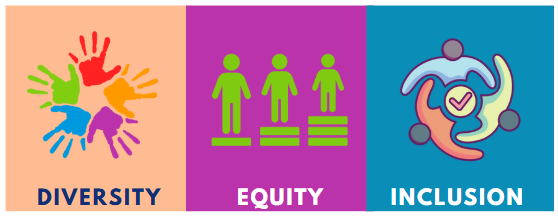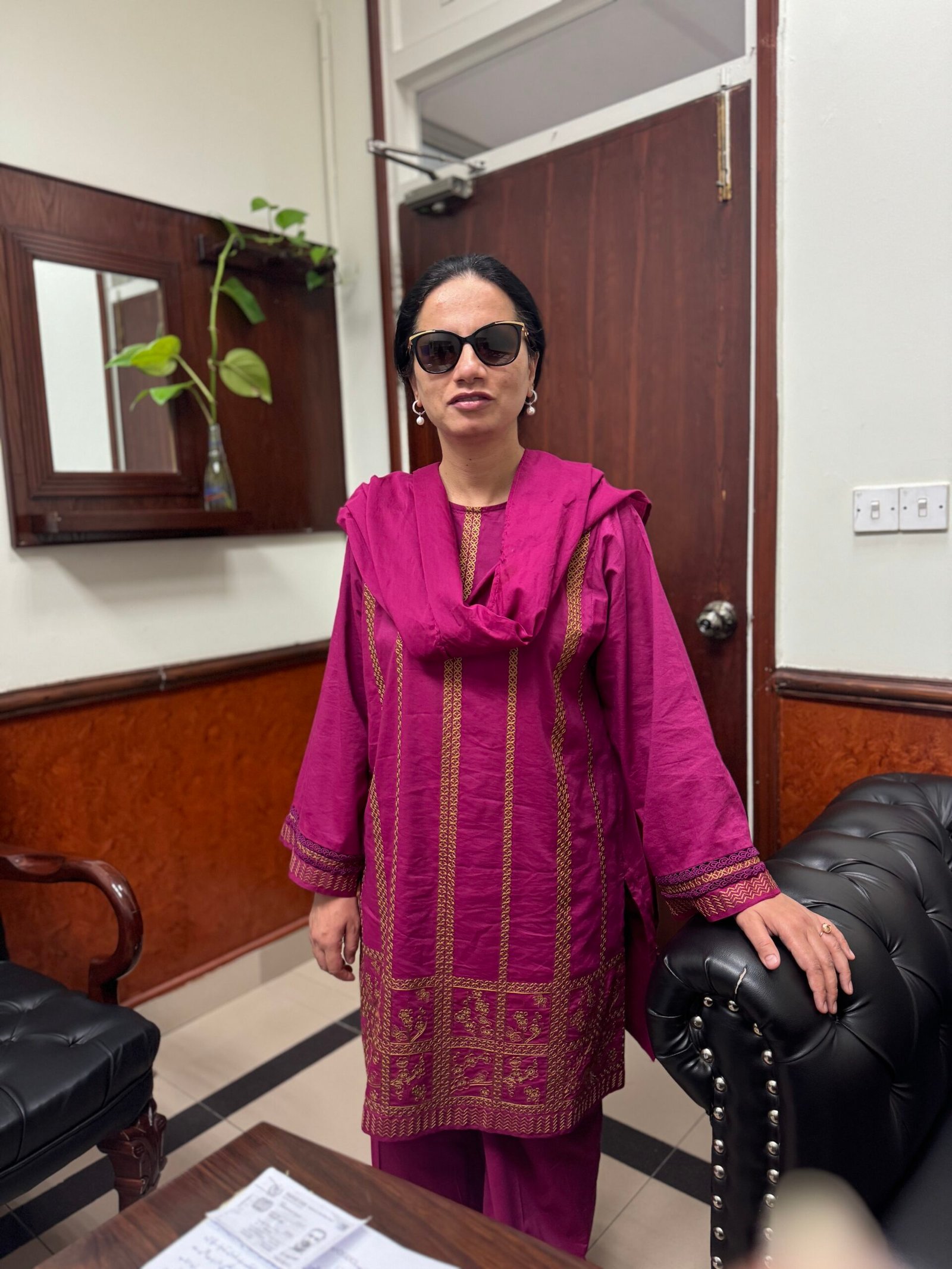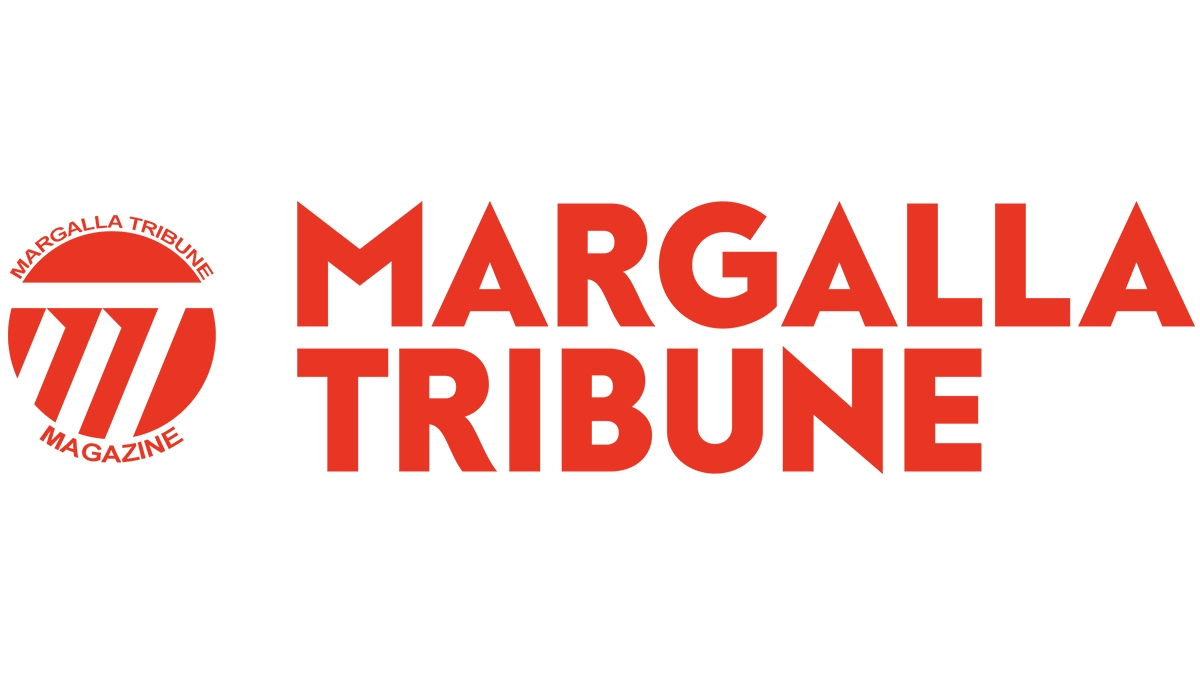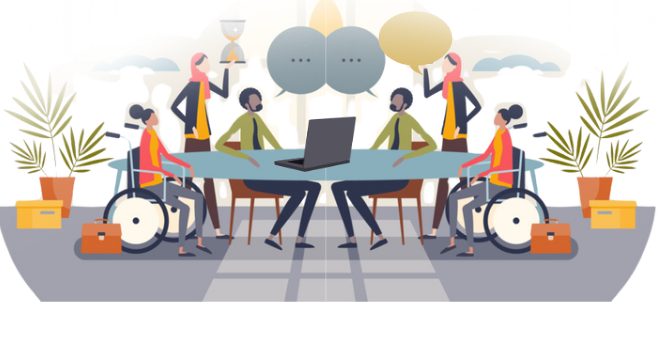In the hushed boardrooms and bustling corridors of modern workplaces, a quiet revolution is unfolding. Diversity, Equity, and Inclusion — words that once hovered on the fringes of corporate jargon — have now stormed the gates, demanding not only acknowledgment but action. These principles are no longer soft whispers of moral obligation; they are clarion calls, echoing through every office, every cubicle, every email. They are the stories of voices silenced for too long, talents overlooked, potential squandered. But what if, instead of mere buzzwords, DEI became the very backbone of how we lead, how we hire, how we thrive? What if these principles were not just initiatives but the DNA of our workplaces, the invisible thread stitching together the fabric of innovation and success? To truly understand DEI is to peer into the soul of an organization — to see not just who is at the table but who has yet to be invited.
Diversity is the art of inviting everyone to the party — a mosaic of identities, from race and gender to socioeconomic backgrounds and lived experiences. But to simply gather a crowd is not enough. True diversity means seeking out voices once overlooked, valuing perspectives once dismissed, and weaving them into the very fabric of a workplace that mirrors the world outside.
Equity, however, is more complex — a nuanced dance of fairness that transcends mere sameness. It is the recognition that while some may need a boost to see over the fence, others require an entirely different vantage point. Equity is the scaffold that adjusts to individual needs, dismantling barriers so that everyone, regardless of where they started, can stand tall and thrive.
And then, there is inclusion — the delicate alchemy that transforms presence into participation. It is not just about being invited to the party but being asked to dance, to lead, to speak up without fear of being drowned out. In an inclusive space, voices are not just heard but amplified, not just seen but celebrated, ensuring that every individual, no matter their story, becomes an indispensable part of the collective chorus.

Common Misconceptions About DEI
DEI isn’t a checkbox or a one-time training. It’s a continuous effort, woven into the culture through ongoing education, policy updates, and accountability structures. Treating it as a one-off task undermines its purpose — fostering genuine inclusion and belonging.
It’s about ensuring fair outcomes, not just about meeting specific needs, like providing an adjustable desk for a wheelchair user rather than a standard one. Equality means giving everyone the same resources, but equity addresses systemic disparities to create true inclusivity.
The Business Impact of DEI in Pakistan
In Pakistan, the integration of Diversity, Equity, and Inclusion (DEI) into business practices is increasingly recognized as a catalyst for innovation, employee satisfaction, and financial growth. While comprehensive data remains limited, emerging evidence underscores the tangible benefits of DEI initiatives in the Pakistani corporate landscape.
Despite making up nearly half of Pakistan’s population, women remain significantly underrepresented in the workforce, accounting for just 22.63% of the labor force. The country lags globally in gender workforce equality, highlighting the urgent need for DEI initiatives to bridge this gap.
Embracing DEI is not merely a moral imperative but a strategic business decision. By cultivating inclusive cultures, addressing systemic disparities, and empowering underrepresented groups, Pakistani businesses can unlock new avenues for innovation and growth.
Forbes Insights highlights that diverse teams are more effective at targeting new market segments, as they can better understand and cater to a broader customer base. Additionally, the McKinsey study also found that gender-diverse companies are 21% more likely to outperform their peers financially.
Pakistan is inching towards gender parity and inclusion slowly; however, there are numerous barriers.
Barriers to Effective DEI Implementation
Addressing DEI barriers requires more than a checklist of good intentions; it demands a meticulous excavation of biases, a recalibration of norms, and a relentless commitment to dismantling structural inequities.
1. Unconscious Bias: The Invisible Gatekeeper
Bias lurks in the margins, slipping through the cracks of well-meaning policies and perpetuating a sameness that stifles diversity. In hiring, the gravitational pull of affinity bias draws recruiters towards those who mirror their own backgrounds, subtly excluding voices that challenge the status quo. In promotions, confirmation bias cements the archetype of the ‘ideal leader’ — assertive, dominant, and, more often than not, male. The real challenge lies not in identifying bias but in admitting that it exists, even in the most progressive minds.
2. Tokenism: The Façade of Inclusion
Tokenism is the hollow echo of diversity — the carefully positioned faces in a company brochure, the perfunctory nod to representation that lacks substance or influence. True inclusion means more than a seat at the table; it means the authority to speak, to be heard, to shape outcomes. It means ensuring that underrepresented voices aren’t just seen but empowered, their insights not just acknowledged but actively sought and acted upon.
3. Structural Barriers: The Architecture of Exclusion
Beneath the polished exterior of corporate mission statements lie the entrenched structures that subtly undermine DEI efforts — recruitment practices that overlook marginalized talent, leadership models that reward aggression over empathy, work cultures that equate visibility with value. The true test of commitment to DEI is not in grand gestures but in the unglamorous, painstaking work of tearing down these invisible walls, brick by brick.
Beyond Recruitment, Towards Retention
In Pakistan’s evolving corporate landscape, the rhetoric around diversity often centers on recruitment. Yet, the real challenge lies not in attracting women to the workforce but in retaining them. Despite commendable strides in hiring, the exodus of women from mid-career roles remains alarmingly high. Cultural biases, inflexible work policies, and limited pathways to leadership frequently compel women to leave prematurely due to unsupportive work environments. To bridge this gap, companies must move beyond the optics of diversity and invest in retention strategies — implementing flexible work arrangements, paid parental leave, and targeted leadership training that empower women to not just survive but thrive.
Beyond Recruitment, Towards Retention
For women with disabilities, the barriers to inclusion are compounded by the intersection of gender and disability. While the Disabled Persons (Employment and Rehabilitation) Ordinance of 1981 mandates employment quotas, its implementation remains uneven. A 2022 study by the Pakistan Business Council underscores the stark reality: women with disabilities constitute less than 1% of the corporate workforce, their presence nearly invisible. Addressing this disparity requires more than tokenistic measures. Organizations must adopt inclusive hiring practices like blind recruitment and prioritize workplace accessibility. Furthermore, offering transport facilities, flexible work arrangements, and targeted mentorship can dismantle systemic barriers, transforming workplaces from mere compliance to true inclusion, where every woman, regardless of ability, is not only present but empowered to lead.

How Our DEI Commitment Shaped Sadaf Huma Haider’s Remarkable Career
Sadaf Huma Haider has exemplified what inclusive excellence truly looks like. A valued team member in the energy sector, working with OGDCL, Sadaf’s journey as a blind professional isn’t just a policy—it’s a principle reflecting OGDCL’s ongoing efforts to embed Diversity, Equity, and Inclusion (DEI) into the fabric of their workplace.
As part of OGDCL’s inclusive hiring practices, Sadaf was invited for an interview through their equal opportunity program. Competing against sighted candidates, she approached the experience with remarkable honesty and courage. “I told them I would not be a burden. I would contribute to the organization with everything I had,” she recalls. Her candor, competence, and commitment made an immediate impression and marked the beginning of a long and successful career with the organisation.
OGDCL’s HR and facilities teams worked closely to ensure Sadaf’s onboarding experience was both empowering and dignified. From accessible workspace design to inclusive team integration, her presence was not just accommodated—it was celebrated. But Sadaf reminds us that the journey doesn’t end at employment.
“Just stepping out of the house is a challenge,” she notes, referencing the daily hurdles of navigating transport and inaccessible public spaces. “If the restroom is too far or not designed for the blind, it becomes a hazard.” These reflections have driven OGDCL’s DEI task force to proactively audit physical infrastructure and eliminate hidden barriers in the workplace.
From screen-reading software to voice-enabled tools and adaptive technologies, OGDCL is making them accessible to all employees who need them. But Sadaf offers a critical insight: technology is only part of the solution.
“If digital accessibility is in place, blind people are capable of doing everything,” Sadaf affirms. Yet she insists that real inclusion means investing in training, sensitization, and pathways to leadership. “True inclusion also requires leadership opportunities for differently abled individuals.”

“We must stop assuming that a disability limits someone’s potential to lead,” Sadaf urges. “With the right opportunities, we can become exceptional leaders.”
Mentorship and Motivation for the Next Generation
Sadaf’s journey has inspired OGDCL’s HR department to launch a mentorship program for young professionals with disabilities, matching them with senior role models across departments.
We believe that stories like Sadaf’s are not exceptions—they should be the norm. By embedding DEI into recruitment, training, leadership, and culture, OGDCL is a leader in setting a standard for all industries.






